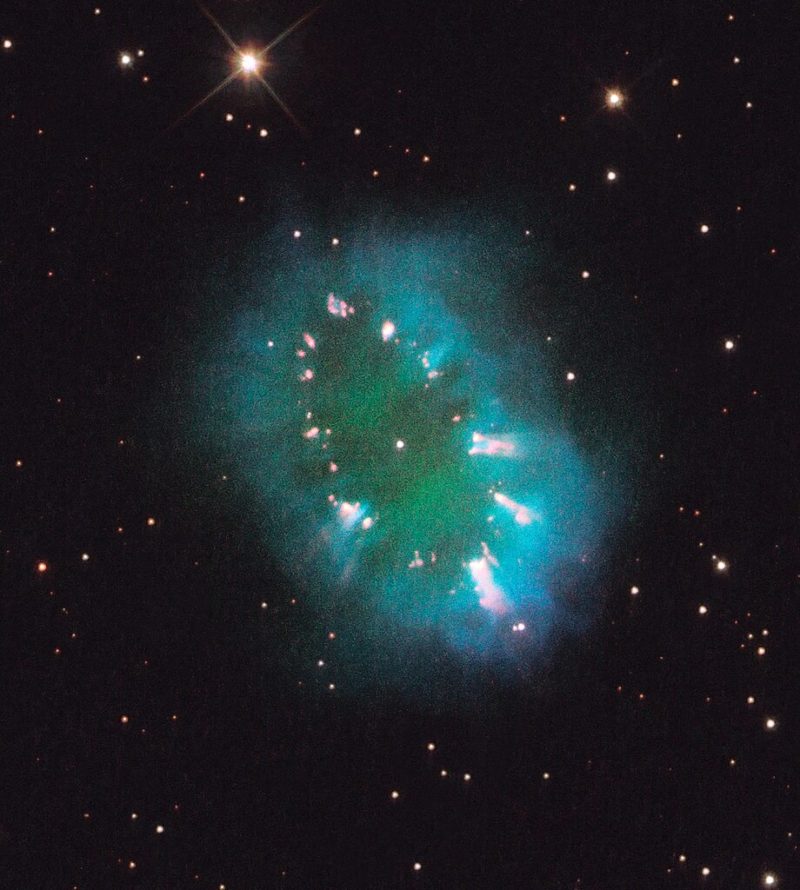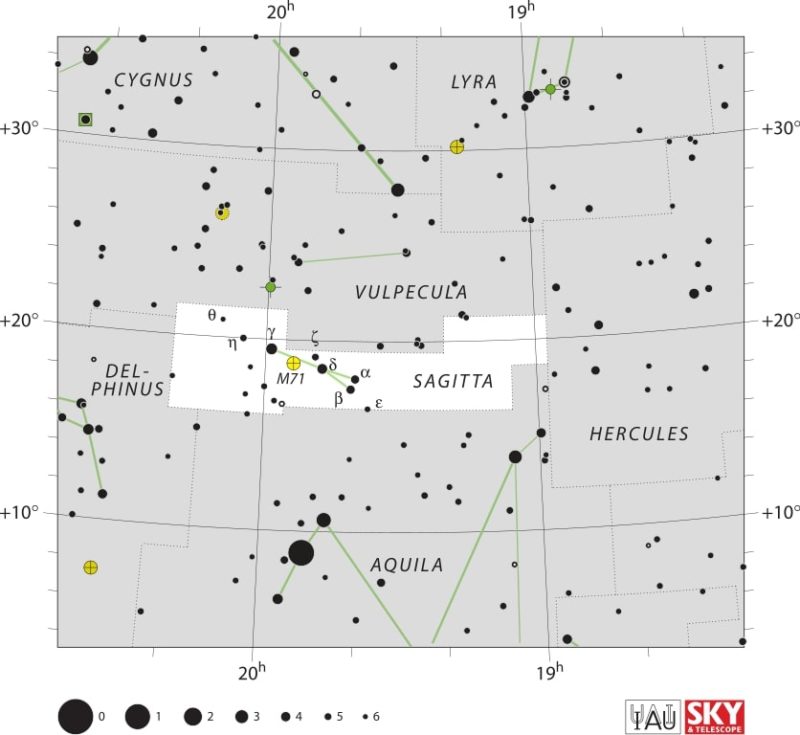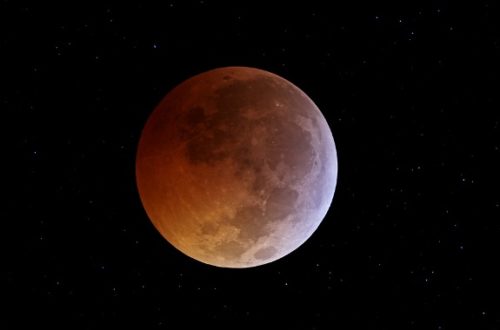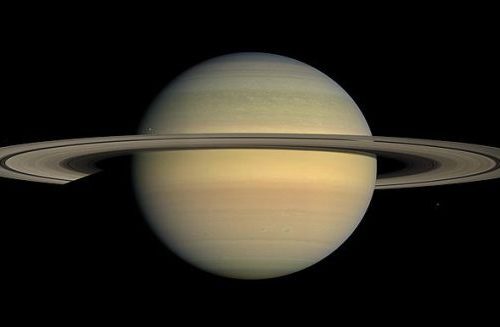The Necklace Nebula: A Heavenly Jewel in Our Universe

The Necklace Nebula, also known as PN G054.2-03.4, is a breathtakingly beautiful planetary nebula located approximately 15,000 light-years away from us. Its unique and intricate structure has earned it the name ‘necklace’, and it is truly a heavenly jewel in our universe. In this article, we will explore the fascinating characteristics and mysteries of this stunning celestial object.
What is the Necklace Nebula?
The Necklace Nebula is a planetary nebula, which means that it is the result of a star similar to our Sun that has reached the end of its life and has shed its outer layers. The name “Necklace” comes from the shape of the nebula, which resembles a string of pearls.
It is also known as PN G054.2-03.4 and was discovered as recently as 2005 by the Isaac Newton Telescope Photometric H-alpha Survey (IPHAS).
Necklace Nebula Location
The stunning Necklace Nebula is located in the northern constellation of Sagitta, an estimated 15,000 light-years away from Earth.

Characteristics of the Necklace Nebula
The Necklace Nebula consists of a bright ring, measuring nearly 20 trillion kilometers across, with dense, bright knots of gas spread out in a way that resembles the diamonds in a necklace. The knots are not stars, they only glow due to the absorption of ultraviolet light from the two stars located in the center of the nebula.
History of the Formation of the Nebula
The nebula was created by a pair of stars orbiting very close together. About 10,000 years ago one of the aging stars swelled to the point that it enveloped its companion star. This caused the larger star to gain momentum and spin so fast that much of its gaseous envelope was ejected into space along the star’s equator due to centrifugal force. This produced a dense ring-shaped nebula. The glowing knots we can clearly see on the photograph are the densest gas clumps of the ring.
Due to this violent event both stars survived albeit with reduced sizes. They are closely orbiting around each other, completing an orbit in a little more than a day. For comparison, Mercury, the closest planet to the Sun, takes 88 days to orbit the Sun. (Facts via NASA: Hubble Offers a Dazzling ‘Necklace’)
Conclusion
In short, the Necklace Nebula is truly an unforgettable celestial beauty that continues to captivate astronomers and stargazers alike. Its unique shape and intricate details make it a stunning jewel in our universe that never fails to impress. Whether viewed through a telescope or admired in stunning images captured by space telescopes, the Necklace Nebula is a true wonder of the cosmos that reminds us of the beauty and majesty of the universe we call home.
Would you like to receive similar articles by email?





